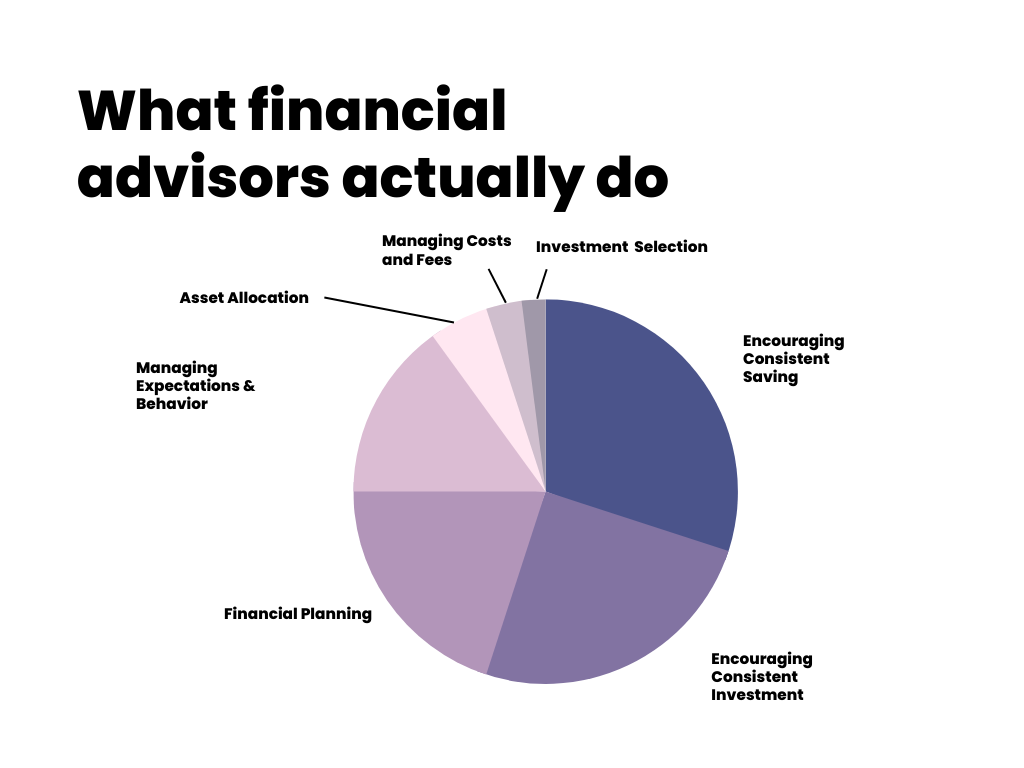Facing dental anxiety is tough, especially when it’s a shared struggle for you and your child. The fear can be overwhelming, but you can tackle it with understanding and practical steps. First, acknowledge that anxiety is natural. It’s okay to feel worried. Many people, both young and old, share this feeling. Next, choose a dentist who creates a calming environment. For instance, a dentist in Dayton, VA might offer a comforting atmosphere that can ease your worries. Communication also plays a key role. Talk openly with your child about their fears. Use simple language to explain what they might experience. Practice relaxation techniques like deep breathing before appointments. This helps both you and your child feel more in control. Remember, these steps can make each dental visit smoother and less stressful. Trust in your ability to create a supportive experience for both yourself and your child.
Understanding Dental Anxiety
Dental anxiety often stems from a fear of pain or negative past experiences. It’s essential to recognize where your own and your child’s fear originates. Knowing the cause helps you address it more effectively. According to the National Institute of Dental and Craniofacial Research, about 9% to 15% of Americans avoid dental visits due to anxiety and fear. Understanding that you’re not alone can be comforting. This shared experience can even become a bonding opportunity as you work through it together.
Choosing the Right Dentist
A positive and supportive dental environment is crucial. Look for a dentist who understands dental anxiety and takes it seriously. Many dental offices use techniques like gentle music, warm lighting, and friendly staff to ease anxiety. When selecting a dentist, ask if they have experience working with anxious patients. This can make a significant difference in your dental care experience.
Preparing for the Appointment
Preparation is key. Here are a few steps you can take to prepare for a dental visit:
- Visit the dental office before the appointment to familiarize your child with the environment.
- Read children’s books about visiting the dentist.
- Practice positive reinforcement. Praise your child for their courage and cooperation.
- Role-play the dental visit at home using toys or puppets.
Relaxation Techniques
Learning and practicing relaxation techniques can greatly reduce anxiety. Deep breathing exercises, visualization, and muscle relaxation can calm nerves. Encourage your child to take slow, deep breaths to manage their stress. This can be particularly effective right before and during their dental appointments.
Comparison Table: Techniques to Manage Anxiety
| Technique | Benefits | Ease of Implementation |
|---|---|---|
| Deep Breathing | Calms the nervous system | Easy |
| Visualization | Distracts and relaxes the mind | Moderate |
| Progressive Muscle Relaxation | Reduces physical tension | Moderate |
Communicating with Your Child
Clear and honest communication helps reduce fear. Use simple words to explain what will happen at the dentist. Encourage your child to ask questions and express their feelings. This interaction builds trust and reduces the unknown. It’s important to listen actively and validate their feelings, ensuring they know it’s okay to feel scared.
Learning from Each Experience
After each dental visit, reflect on what went well and what could improve. This review helps in preparing for future appointments. Encouraging your child to talk about their experience helps them process their emotions. Celebrate small victories to build confidence and reduce anxiety over time.
Seek Professional Help if Needed
If anxiety becomes overwhelming, consider seeking additional support. Professional help, such as therapy from a mental health provider, can be beneficial. The American Dental Association offers resources and guidance to help manage dental anxiety.
Addressing dental anxiety requires patience and persistence, but with the right approach, you and your child can overcome the fear and maintain oral health confidently.


